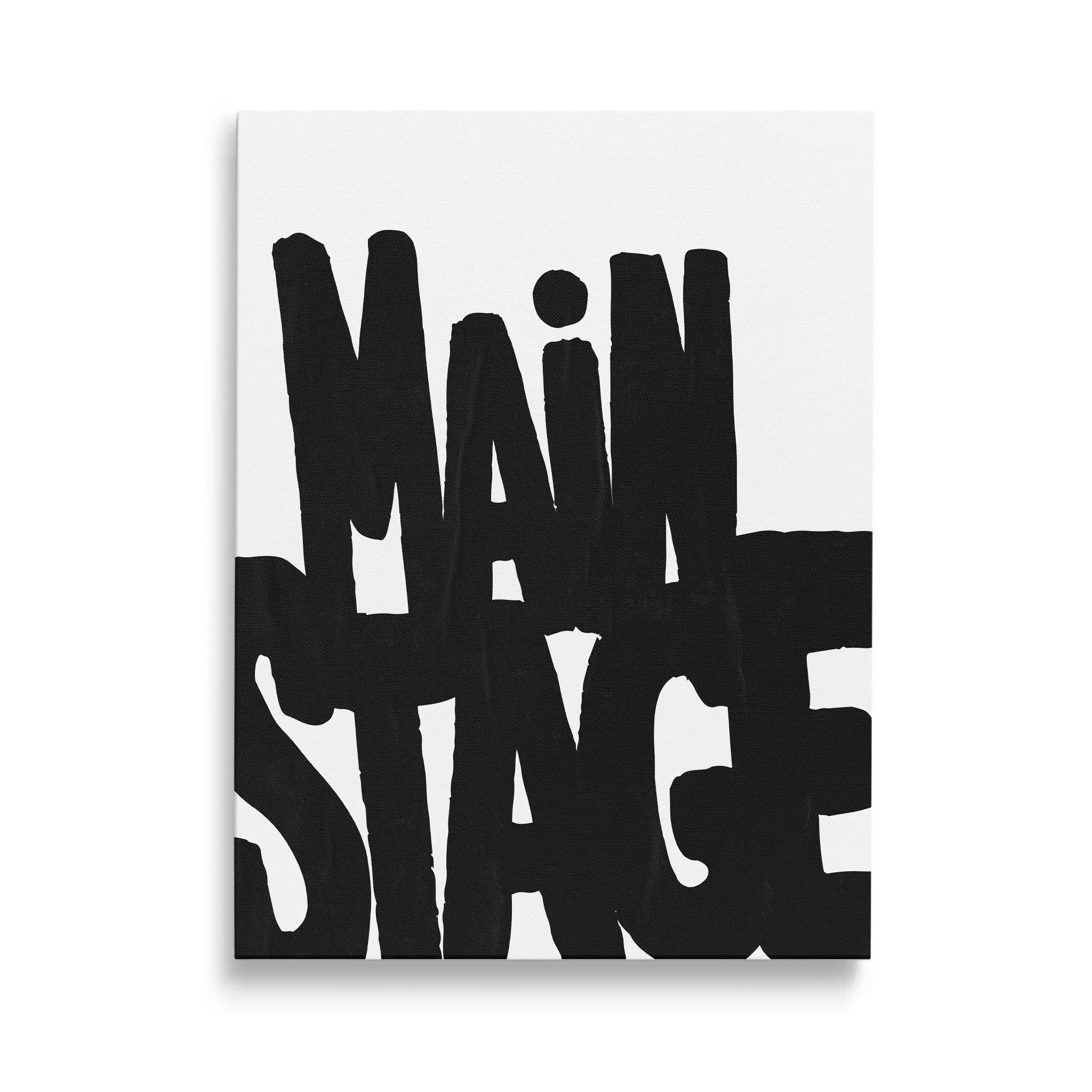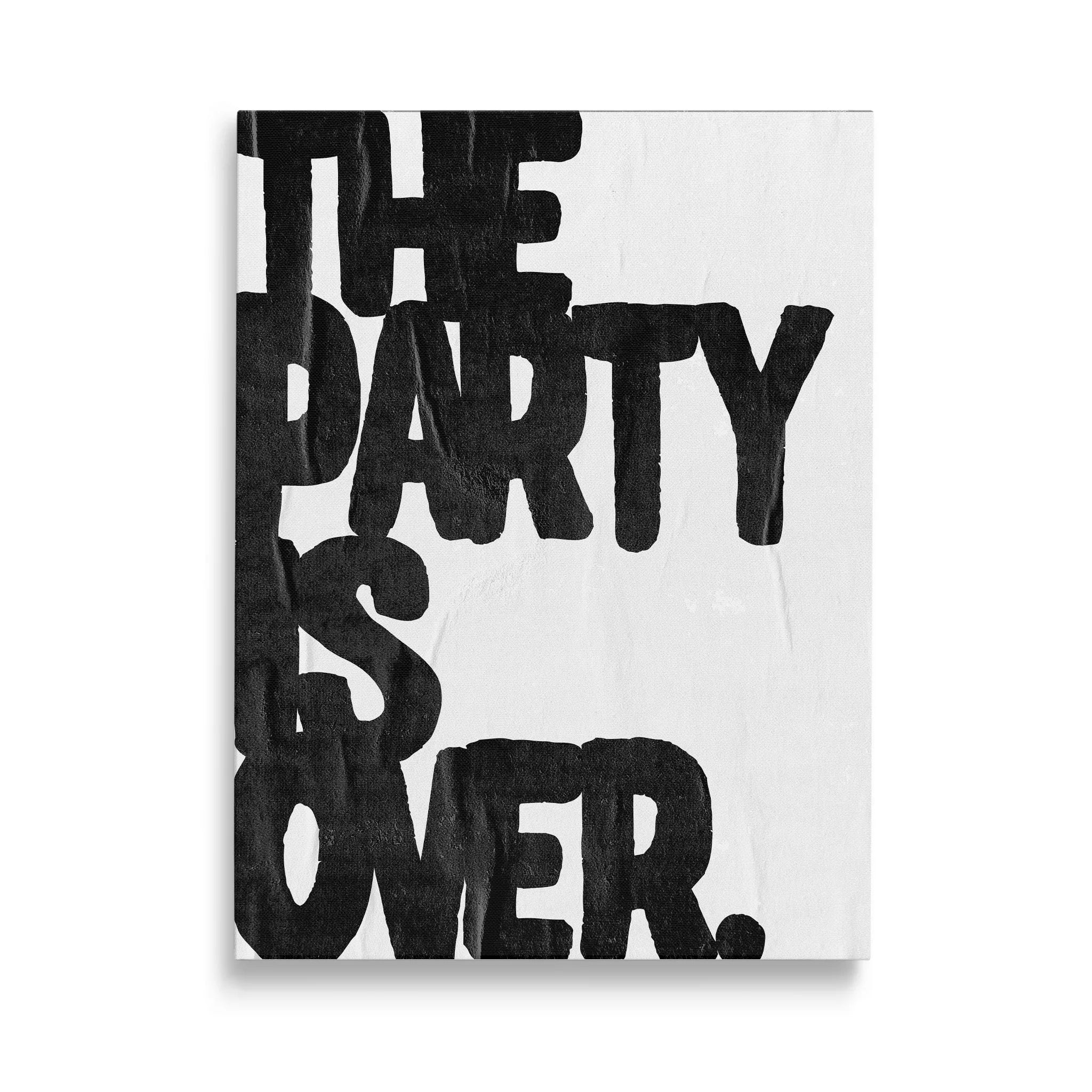Introduction to the world of Pop Art
Pop Art, a movement that emerged in the mid-20th century, revolutionized the art world by incorporating elements of mass culture, advertising, and consumer goods into art. It is best known for providing an artistic platform for everyday objects and popular culture. But what exactly is Pop Art? Who are the key artists, and what makes this movement so unique? In this comprehensive post, we'll take a detailed look at the history of Pop Art , its characteristics , and some of its most famous works and artists.
The emergence of Pop Art
Pop Art developed in the 1950s, primarily in Great Britain and the USA. It was a reaction to traditional modernist art and the elitist understanding of art of preceding movements. Pop Art focused on consumer products, media images, and celebrities, consciously moving away from abstraction. Its origins lie in the increasing prevalence of mass media and the influence of advertising in the post-war period. Andy Warhol and Roy Lichtenstein are among the most famous names who shaped this movement.
Characteristics of Pop Art
Pop Art features include bold, bright colors, clean lines, and the repetition of everyday images. Artists used techniques such as screen printing to create works of art that could be mass-produced—a contrast to the traditional notion of art as a unique work. Popular Pop Art themes include consumer goods, celebrities, comic strips, and advertising. Artists of the movement sought to blur the boundaries between art and everyday life, integrating the banality of the everyday into high art.
Typical stylistic features of Pop Art are:
- Use of industrial printing techniques (e.g. screen printing)
- Strong, contrasting colors such as red, yellow, blue
- Repetitions and serial structures
- Inspiration from mass culture: advertising, comics, cinema and music
- Magnification and isolation of everyday objects (e.g. Campbell's soup cans)
Famous Pop Art Artists
When speaking of Pop Art, one cannot avoid mentioning the central figures of this movement. Andy Warhol was perhaps the most famous artist dedicated to this movement. His iconic works, such as the Campbell's Soup Cans and the Marilyn Diptych, embody the essence of Pop Art: the elevation of the everyday to art.
Roy Lichtenstein is another key figure in Pop Art, famous for his large-scale paintings that mimicked comic book aesthetics. His works, such as Whaam! and Drowning Girl , utilize comic book techniques and representational forms to raise questions about art and mass production.
Other important Pop Art artists include:
- Claes Oldenburg , who became known for his monumental sculptures of everyday objects, such as a giant hamburger sculpture.
- James Rosenquist , who created complex, collaged works that used elements from advertising and mass media.
- Tom Wesselmann , whose works often combined naked female bodies and everyday objects.
The importance of Pop Art today
Even today, Pop Art continues to have a strong influence on art, design, fashion, and even architecture. Modern Pop artists draw inspiration from the work of these pioneers and adapt the style for the digital age. In advertising and social media, Pop Art's influence is evident. It has helped blur the lines between "high" and "low" art, and many of the movement's techniques and ideas can be found today in graphic design , fashion , and digital art .
Pop Art Techniques and DIY Pop Art
Pop art is also a popular source of inspiration for DIY projects . Those interested in trying their hand at this art movement can start with simple materials and techniques. Typical pop art techniques include the use of screen printing, collage, and emulating the comic book aesthetic with thick black outlines and rich colors. Many artists also use digital tools to reproduce the pop art style. The internet offers numerous pop art tutorials that even beginners can use to try their hand at this colorful and expressive art form.
Pop Art in Fashion and Advertising
The fashion world was also heavily influenced by Pop Art. In the 1960s, there was a veritable explosion of Pop Art-inspired designs. Today, fashion houses still use elements of this movement, such as bold colors and graphic prints. Pop Art has also found its place in advertising . Due to its focus on everyday objects and consumer culture, Pop Art was a natural source of inspiration for advertising graphics.
Conclusion: The continued relevance of Pop Art
Pop Art remains one of the most fascinating and influential movements in art history. It bridges the worlds of high art and everyday culture, demonstrating that art can be found everywhere—even in the most ordinary things. From the famous works of Andy Warhol and Roy Lichtenstein to modern Neo-Pop Art, the movement will continue to have a firm place in the art world for years to come.
If you are interested in Pop Art exhibitions , famous works or instructions for Pop Art DIY , then stay tuned - we offer you further exciting insights into the world of this fascinating art movement.







